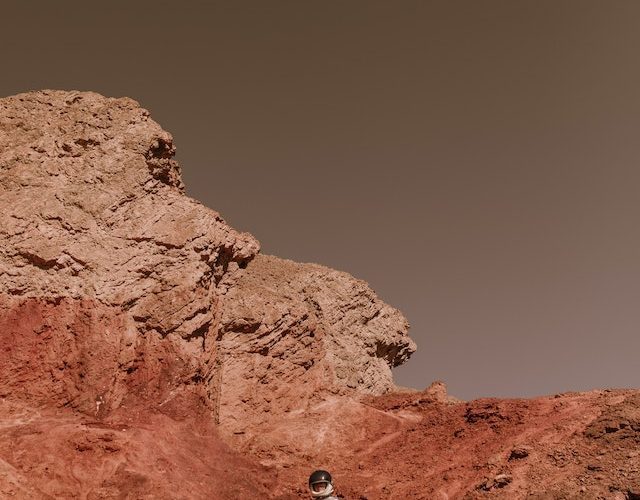Naming every spot on Mars may seem like a trivial task, but according to NASA experts, it holds significant importance for scientific exploration. Here are the reasons why NASA assigns names to various locations on Mars:
1. Geographical Identification: Giving names to Martian spots allows scientists and engineers to identify and refer to specific locations with ease. Mars is a vast and diverse planet with numerous features, including craters, mountains, valleys, and plains. By naming these spots, NASA creates a common language for communication and ensures clarity when discussing different areas of interest.
2. Scientific Communication: Naming spots on Mars facilitates effective scientific communication among researchers, mission teams, and the wider scientific community. Instead of using complex coordinates or technical descriptions, names provide a simpler and more intuitive way to reference specific areas. This enhances collaboration, enables precise discussions, and streamlines the exchange of information related to Martian research.
3. Historical Context: Many named Martian features carry historical significance, honoring pioneers in space exploration and scientific discovery. These names pay tribute to visionaries, scientists, astronauts, and notable figures who have made significant contributions to our understanding of the universe. By incorporating historical context into the naming process, NASA acknowledges the legacy of exploration and inspires future generations.
4. Public Engagement: Involving the public in naming Martian spots fosters public engagement and interest in space exploration. NASA often organizes public contests or outreach programs, allowing people to suggest names for various features. This approach encourages curiosity and enthusiasm, inviting individuals from diverse backgrounds to be part of the exploration process.
5. Cultural Representation: NASA’s naming conventions strive to represent various cultures and civilizations from around the world. By incorporating diverse themes, including mythological figures, geographical features on Earth, or historical landmarks, the naming process embraces the rich tapestry of human heritage. This inclusive approach recognizes the global nature of space exploration and promotes cross-cultural understanding.
6. Consistency and Organization: Assigning names to Martian spots ensures consistency and organization in the mapping of the planet’s surface. It allows researchers to establish a systematic framework for studying different regions and enables efficient data management. Cataloging named features in databases helps maintain a comprehensive record for future reference and supports long-term scientific investigations.
Overall, naming Martian spots may seem like a small task, but it plays a crucial role in effective communication, historical recognition, public engagement, and maintaining an organized approach to Mars exploration. By assigning names, NASA creates a shared language for scientists and the public, fostering a deeper connection between humanity and the mysterious red planet.












